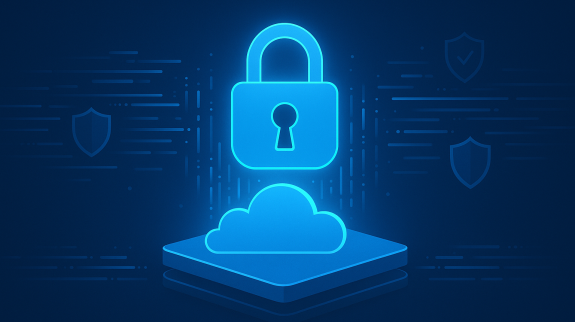SOC 2 | The Silent Growth Enabler
Why SOC 2 Compliance Matters More Than Ever In the high-stakes world of B2B startups, SOC 2 compliance is no longer a “nice-to-have.” For SaaS and cloud-native ventures, it has become a silent growth enabler.Instead of being a back-office checkbox, SOC 2 certification signals maturity, trust, and readiness to scale.…
Read the Article


